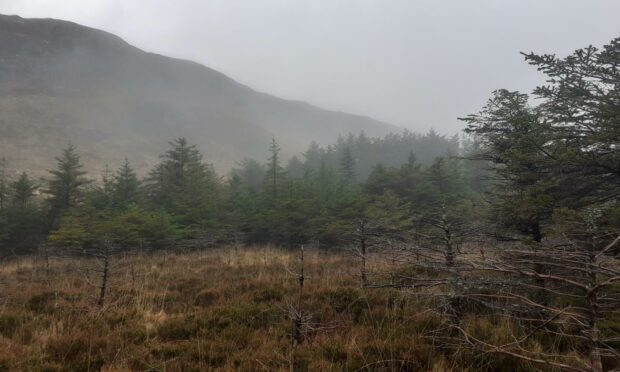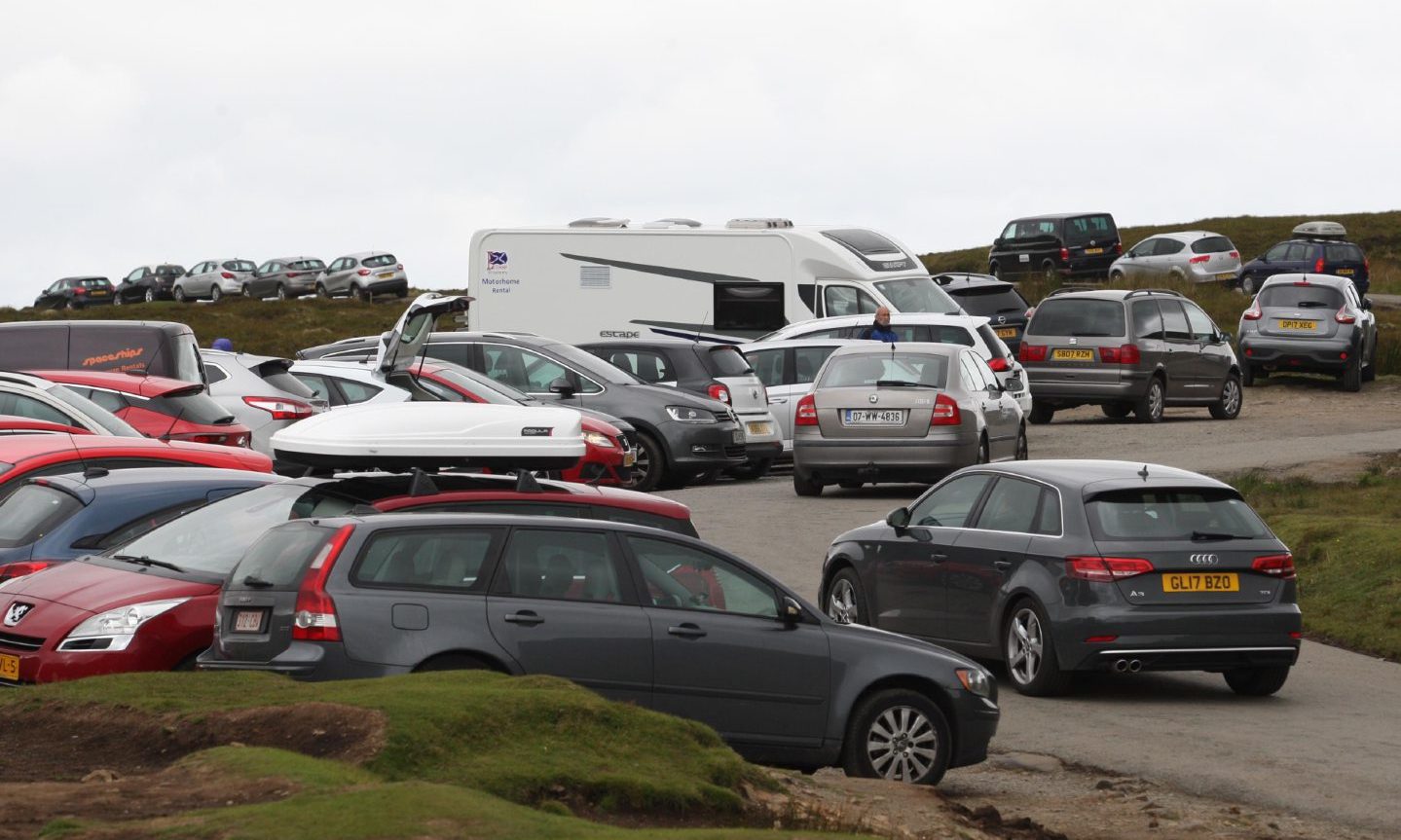A recent article highlighted concern by rural body Scottish Land and Estates (SLE) over proposals to introduce a carbon land tax as part of efforts to tackle climate change.
The proposal in question is included in a report from Scotland’s Climate Assembly, a group of more than 100 Scots – funded by the Scottish Government to investigate climate change – which has submitted 81 recommendations to Holyrood on tackling the climate emergency.
Far from being a blunt tool intended to penalise landowners, the proposed carbon land tax aims to support diversification of land use in an increasingly unpredictable climate, and protect small-scale farmers from bearing the financial brunt of some climate change targets.
Ambitious goals need action
Scotland has set ambitious goals for reducing carbon emissions that are necessary if we are to play our part in trying to curb a climate catastrophe.
The proposed carbon land tax targets those areas of low productivity land in Scotland which could be locking up vast quantities of carbon each year, while improving biodiversity and stimulating rural economies.
Essentially, the proposed tax would apply in a banded system, with landowners maximising natural carbon capture on their land (through woodlands or intact peatlands, for example) exempt from the charges all together. Landowners eligible for the tax would be able to move to lower tax bands by changing land use to increase carbon capture.
A carbon land tax would be equivalent of using a sugar tax to help tackle the obesity crisis
Taxes raised would help fund natural solutions to address the climate and biodiversity crises across the country – the carbon equivalent of using a sugar tax to help tackle the obesity crisis.
Tax could reduce Scotland’s carbon emissions by up to 13m tonnes
If all land managers in Scotland maximised carbon capture of their peatlands and woodlands, we could reduce our national carbon emissions by up to 13 million tonnes of carbon dioxide (CO2e) a year – that’s equivalent to removing every single vehicle from Scottish roads.
The proposal suggests phasing in a carbon tax for large-scale landowners in every part of Scotland, starting with a pilot scheme on properties in excess of 10,000 hectares, before rolling it out to all landholdings in excess of 1,000 hectares.
A total of 93% of farms in Scotland fall under the 1,000 hectare threshold and would therefore be exempt from taxation under the current proposal. Land owned by local authorities, housing associations, community land trusts and other agencies that support essential services such as housing, schools and hospitals would also be exempt from the tax.
Scotland’s agricultural sector is important for our culture and economy. In assessing those larger farms that may be eligible for a carbon tax, it will be necessary to avoid unintended consequences, such as replicating the experience of the industrial sector, in which carbon production was effectively exported to other parts of the world.
It would be counterproductive, for example, to increase imports of beef from countries whose agricultural practices are extremely damaging, at the expense of high quality Scottish beef.
Scottish farming must embrace change
Scotland has lost much of its carbon-rich grasslands as a result of centuries of ever-intensifying agriculture. Yet that damage can be reversed through alternative management – returning to rotational natural grazing, for example. Our remaining healthy grasslands survive only in places where traditional farming and crofting is practiced.
With the end of the common agricultural policy, the future of Scottish farming may best be secured by embracing change.
As Donald MacKinnon, the chair of the Scottish Crofting Federation, recently pointed out: “The climate emergency is going to dominate all we do and crofters have an important part to play, having a very sound record in good management of our environment.
“A significant proportion of high nature value areas in Scotland are under crofting tenure, for example the machair, known for its incredible biodiversity, and peatlands, which are the best ecosystem for sequestering carbon. Crofting is starting from a good position, but we can always do more to reduce our greenhouse gas emissions.”
Nikki Gordon is Carbon Officer at the John Muir Trust

